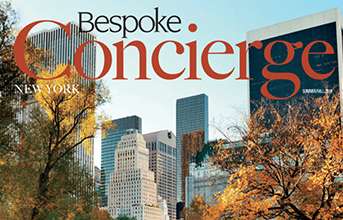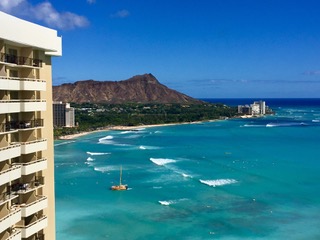 A new kind of race gains traction as private companies seek to be the first to launch consumers into space.
A new kind of race gains traction as private companies seek to be the first to launch consumers into space.
By Peter A. Balaskas
When Neil Armstrong first stepped on the moon on July 21, 1969, and spoke those immortal words—“One small step for [a] man, one giant leap for mankind”—there was a strong sense of optimism that travel to outer space would be a reality. But when the Challenger performed its last mission in 2011, many feared this was the decline of the American space program.
The shuttle program’s closure, however, opened the doors to the imaginations of industrial visionaries around the world. Their mission: to expand their businesses by offering accessible commercial space travel to the public. And with the new technologies and the variety of travel packages made available, this new interest is dramatically taking flight.
Intergalactic Travel
SpaceShipOne—the first private space vehicle to fly in suborbital space in 2004, developed and flown by Mojave Aerospace Ventures—became the inspiration for Virgin Galactic’s star project: SpaceShipTwo, which is aiming to become the first commercial spacecraft to fly and maintain a suborbital journey with a group of private citizens as passengers.
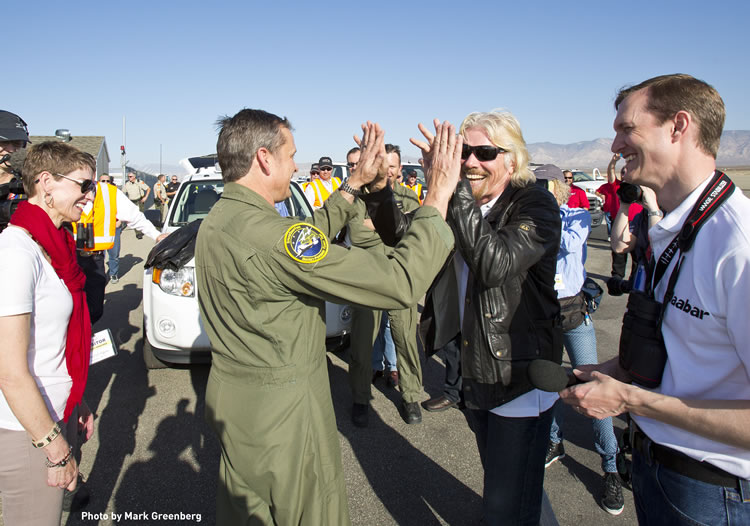
Instead of utilizing the typical rocket design for a ground launch, SpaceShipTwo is designed to blastoff in the air at approximately 52,000 feet by a Virgin Galactic-designed carrier aircraft, the WhiteKnightTwo. After it disembarks from the WhiteKnightTwo, SpaceShipTwo enters the suborbital level; passengers can then float in zero gravity in the spacious cabin or stay seated and gaze through the ship’s large windows, taking in the sapphire beauty of Earth below. During its return, the ship’s design uses aerodynamics and the laws of physics for a leisurely re-entry, completed by a runway landing.
According to Stephen Attenborough, Virgin Galactic’s commercial director, there have been many challenges in order to guarantee SpaceShipTwo’s safety. But he feels it’s the challenges that drive Virgin Galactic founder Richard Branson, a British magnate most famous for founding the Virgin Group, and everyone at the company, to provide the best customer service.
“I always think that this is the ultimate Virgin business,” Attenborough says. “Because I think if you look back on Virgin’s history, a couple of the things that [have] really led the development of this weird and wonderfully unique brand is that we’re not afraid of challenges, and we try to enter businesses where we think we can make a positive difference.”
Private citizens from all walks of life, including notable figures such as Stephen Hawking, Tom Hanks, Leonardo DiCaprio, as well as approximately 600 more, have already reserved their tickets—now at $250,000 per person. Many aspiring astronauts are waiting for Branson and his family to take the first flight on SpaceShipTwo, including Josh Resnick, owner of candy boutique Sugarfina in Beverly Hills, Calif. Resnick reserved tickets for himself and his 80-year-old mother seven years ago, and is impressed with how the Virgin Galactic staff is keeping its clients involved and active until the flight time.
“They have developed all these ways for us to stay in touch with each other and they really focused on developing this community,” Resnick says. “They accomplished that through newsletters, and they plan trips. Richard Branson attends many of these of events, regardless of where they are around the world—Morocco, his residence in Necker Island and Spaceport America.”
As the anticipation and the list of clients grow, Virgin Galactic is optimistic about utilizing its evolving technology to go beyond suborbital travel and, eventually, host “space hotels” in Earth’s orbit, enhancing customers’ experiences even more.
Astronaut Adventures
Founded by entrepreneur Eric Anderson, Space Adventures’ reputation as a competitive commercial space travel company was solidified in the public eye when it arranged with the Russian Federal Space Agency to launch its client, Dennis Tito, an American businessman, into space on a Soyuz spacecraft.
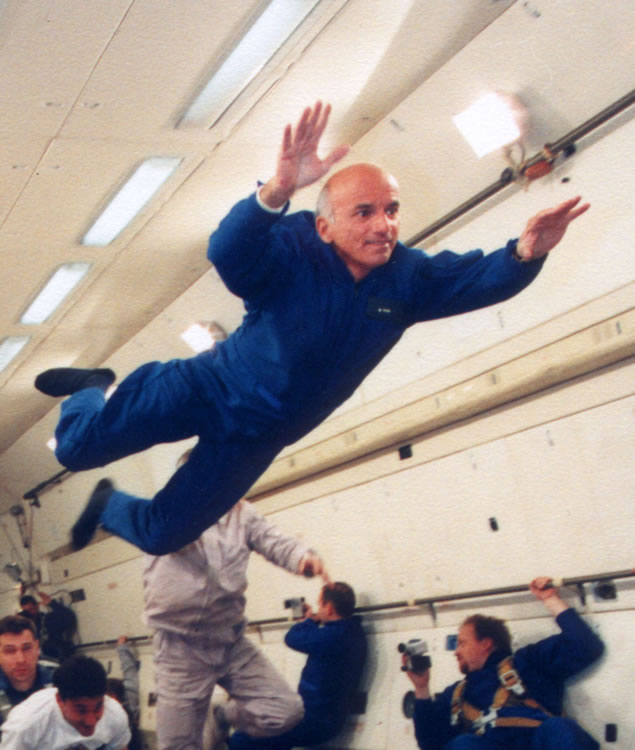
The vehicle then spent seven days at the International Space Station, making Tito the first private citizen to pay for space travel. Since then, Space Adventures has sent a total of seven private astronauts to space in the last 13 years; international singer Sarah Brightman will be the eighth astronaut in late 2015.
The process is relatively simple for those hoping to become a Space Adventures astronaut on the suborbital flight to the space station. First, the applicants must go through a comprehensive yet noninvasive health screening process. The candidates must not only be detailed and honest regarding their health history, but also dedicate time to train before departure.
After passing the health requirements and purchasing a $50 million ticket, the astronauts will then be in line to travel to Star City, Russia, where they will partake in the same training that professional cosmonauts experienced. During those two months, they go through simulations, such as how to float in zero gravity and handle G-force pressures (the force of gravity on the human body) when launching or upon re-entry. They even learn how to adapt to living daily in space, including how to wash and cook their food. Best of all, they learn from experienced cosmonauts who help answer all questions regarding the trip. After the training is over, the private citizens ride with two Russian pilots in a Soyuz spacecraft to the International Space Station for up to 10 days, until they return with a lifetime of memories.
“We have a very long list now of people who are interested in flying, and we’re trying to match them up with slots,” Space Adventures President Tom Shelley says. “We still very much rely on the Russian [Federal] Space Agency, and we’re very appreciative of the relationship we have with them.”
Another Space Adventures project is ownership of the Zero G Corp., which has specially designed jets that afford clients the experience to be in zero gravity for about 7.5 minutes in 25-second increments. One of its most famous clients was Sports Illustrated, who photographed supermodel Kate Upton—floating weightless and in a gold bikini in a modified Boeing 727, known as G-Force One—for the 2014 swimsuit issue. Space Adventures is also a partner with Boeing, which is bidding to build a replacement American-made spacecraft for NASA astronauts. In addition, the company is in the execution phase to send two private citizens—at $150 million per ticket—in a Russian Soyuz spacecraft to the far side of the moon, making another huge step for mankind.
Rocket Science
Roderick and Randa Milliron, co-founders of Interorbital Systems in Mojave, Calif., began their dream of commercial space travel by simply looking at the basics: rockets. For Randa Milliron, her love for space and rockets started when she was only 5 years old.
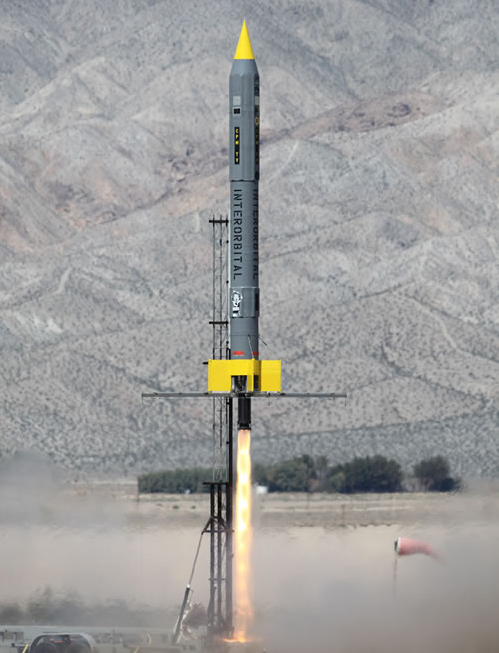
“Both Roderick’s and my childhoods were media-saturated with the Gemini and Apollo programs,” she says. “We, and millions of others, were taught rocket science and planetary colonization by Wernher von Braun (a rocket engineer) each week on the Disney show; my telescope and chemistry set were constant companions.”
Interorbital Systems’ mission of offering low-cost space travel started with the development of liquid rocket engines, followed by rocket designs, which helped to propel its star project in the works: the Neptune series, a line of modular launch vehicles. Although the company has of yet to send off these small, self-contained rockets, the vision is to carry two astronauts in an Apollo-style capsule on a 12-hour suborbital flight. If successful, Interorbital Systems will proceed with the next phase of the Neptune series: to expand the manned spacecraft to carry six passengers—with a price tag of $250,000 per ticket—for a seven-day trip in space. The couple hopes to finance their manned projects by offering personal satellite kits to the public, starting at $8,000 per kit and launch.
The Millirons are not strangers when it comes to manned science projects. In 1997, they collaborated with Dick Rutan—who famously piloted the Voyager aircraft around the world in 1986—on his Global Hilton balloon project, which incorporated Interorbital’s propulsion tanks and pressurized systems into its design. Along with the Neptune series project, Interorbital Systems is also working with skydiver Olav Zipser to create a spacesuit that will help him break the high-altitude jump world record set by Austrian Felix Baumgartner.
Randa Milliron is optimistic about Interoribital Systems’ place in the commercial space travel industry, especially the company’s mission to travel beyond the suborbital level—which is a goal she feels gives her company a slight edge over the competition.
“If you’re looking for real space travel—leaving low Earth orbit and heading to the outer reaches of human experience—Interorbital is creating the rockets that will take you and your companions to the moon, Venus, Mars, Titan, Europa and beyond,” she says.
Realized Visions
With the number of commercial space travel companies dramatically increasing, Patricia Hynes, director of the New Mexico Space Grant Consortium, knew that a special conference was needed, not only to to give the companies the opportunity to share and exchange ideas, but also make them more accessible to the public. With this in mind, Hynes and William Gaubatz, an adviser at X Prize Foundation, a leading nonprofit in furthering innovation and technological advances, created the International Symposium for Personal and Commercial Spaceflight. An annual conference held at the New Mexico Farm and Ranch Heritage Museum, it brings key companies and people together to discuss commercial space travel.
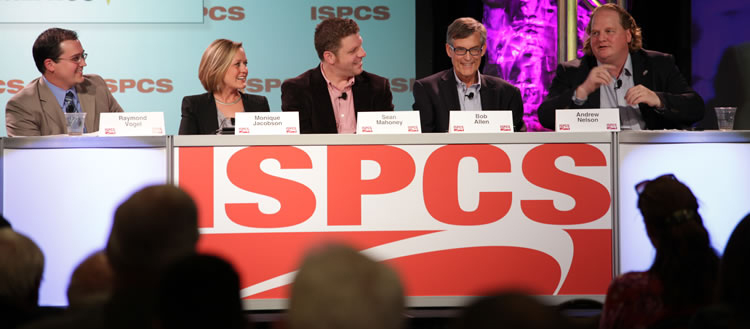
As Hynes points out, having all the company representatives in one intimate location increases the personal dynamic among talented, innovative individuals. But one thing that pleases her is seeing her students attending the symposium and, subsequently, getting hired by Virgin Galactic, XCOR Aerospace and other commercial space travel companies.
“… Companies have created deals at the symposium,” she says. “People have gotten jobs [and] moved around because of people that they met at the symposium. Then, there are people in organizations that meet government officials at the symposium.”
Since its debut in 1998, the symposium has created a community of scientific and entrepreneurial minds with a sole mission of making space travel not only accessible to the public, but also an experience filled with joy, wonder and class.
The era of private space travel is in its beginning stages, but as more technological strides are made, one thing is certain: The potential for human space exploration is closer than ever. “I feel extremely strongly about the customers’ side,” Attenborough says. “I take great pride in the fact that … we’re going to be able to give them the most fantastic experience that they’ll talk about for the rest of their lives.”


